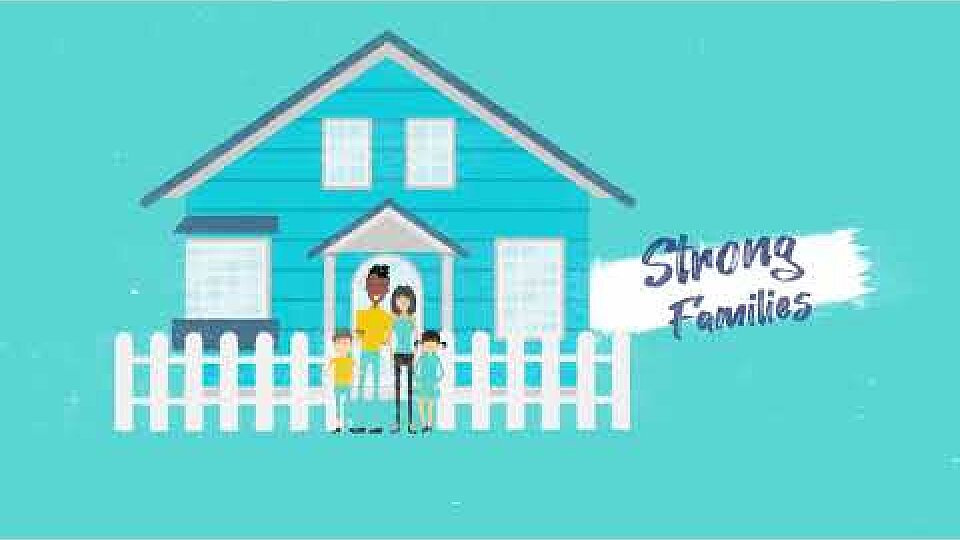Family conversations about child abuse and neglect
April is National Child Abuse Prevention Month. Juanita Alonzo, a FAYS Case manager at Buckner International and a Universal Child Abuse Prevention Specialist. She helps identify the types of child abuse and neglect and gives practical ways to recognize and prevent child abuse and neglect.
In Texas, 62% of children in foster care enter care due to neglect. About 13% of children in foster care are there due to physical abuse, and 4% because they have experienced sexual abuse.
Many families who have experienced incidents of child abuse and neglect seem to share one thing in common: Difficulty recognizing or addressing the situation. The stigma surrounding child abuse and lack of understanding the many forms it can take has contributed to families being unprepared or unable to identify the signs of abuse.
Knowing the forms of child abuse and neglect can better prepare us to recognize abuse.
- Physical abuse: Physical punishments that are excessive, bruising, scratches, broken bones, shaking, burning
- Sexual abuse: Inappropriate touching, indecent exposure, rape, exploitation
- Emotional abuse: Constant criticism, manipulation, rejection, withholding love or affection
- Neglect: Lack of food or shelter, lack of supervision, failure to provide medical care, failure to provide psychological care, permitting a child to use alcohol or drugs
How can we prevent child abuse and neglect?
We can prevent child abuse and neglect by having a conversation and by removing the stigma and embarrassment of having these conversations with our children. Have conversations with your family around the forms of abuse. Talk about what is or is not healthy in a relationship between a child and an adult, including their parents.
We must have these conversations and enable and encourage our children to reach out for help from their parents, teachers, coaches and friends.
Let’s end the ‘hush-hush’ culture surrounding child abuse and neglect and have the conversations.




Add a Comment